Growth in the Automotive Industry
The automotive industry is increasingly utilizing industrial clay for various applications, including lightweight components and insulation materials. As manufacturers strive to enhance fuel efficiency and reduce emissions, the demand for lightweight materials is on the rise. The industrial clay market is expected to benefit from this trend, with a projected increase in demand for clay-based composites. Additionally, the automotive sector's focus on sustainability aligns with the properties of industrial clay, which can be sourced responsibly. This synergy suggests that the industrial clay market may experience significant growth as automotive manufacturers continue to innovate.
Rising Demand in Construction Sector
The construction sector is experiencing a notable surge in demand for industrial clay, primarily due to its essential role in producing ceramics, bricks, and tiles. As urbanization accelerates, the need for durable and aesthetically pleasing building materials increases. The industrial clay market is projected to witness a growth rate of approximately 4.5% annually, driven by this construction boom. Furthermore, the shift towards sustainable building practices is likely to enhance the demand for eco-friendly clay products. This trend indicates that the industrial clay market is poised for expansion as construction projects increasingly prioritize materials that meet environmental standards.
Technological Innovations in Processing
Technological advancements in the processing of industrial clay are transforming the market landscape. Innovations such as advanced extraction techniques and improved refining processes are enhancing the quality and efficiency of clay production. These developments are likely to reduce production costs and increase the availability of high-grade industrial clay. The industrial clay market stands to gain from these innovations, as manufacturers can offer superior products that meet diverse customer needs. Moreover, the integration of automation and digital technologies in production processes may further streamline operations, potentially leading to increased market competitiveness.
Increased Focus on Environmental Regulations
As environmental regulations become more stringent, industries are compelled to adopt sustainable practices, which is positively impacting the industrial clay market. The demand for natural and eco-friendly clay products is on the rise, as companies seek to comply with regulations and meet consumer preferences for sustainable materials. This shift is likely to drive innovation within the industrial clay market, as manufacturers develop products that align with environmental standards. Furthermore, the emphasis on reducing carbon footprints may lead to increased investments in sustainable mining and processing practices, further bolstering the market.
Expanding Applications in the Pharmaceutical Sector
The pharmaceutical sector is increasingly recognizing the value of industrial clay in drug formulation and delivery systems. Clay minerals are utilized as excipients, providing essential properties such as binding and thickening. The industrial clay market is likely to see growth as pharmaceutical companies seek to enhance the efficacy and stability of their products. With The Industrial Clay projected to reach over 1.5 trillion USD by 2025, the demand for high-quality industrial clay is expected to rise correspondingly. This trend indicates a promising avenue for the industrial clay market, as it diversifies its applications.


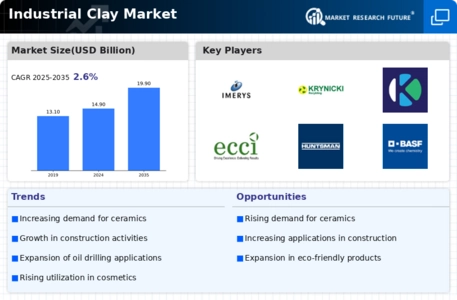
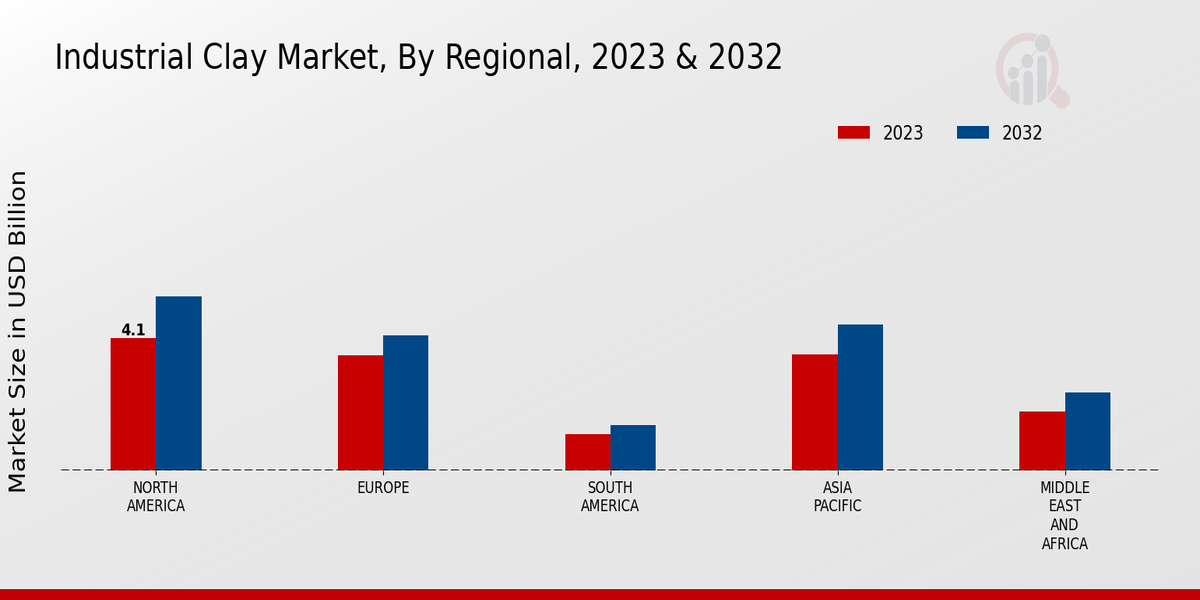
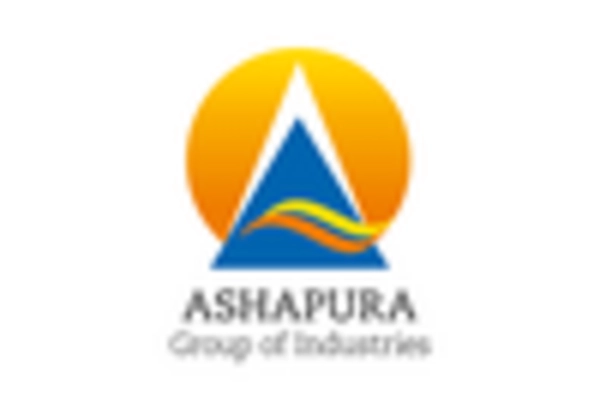

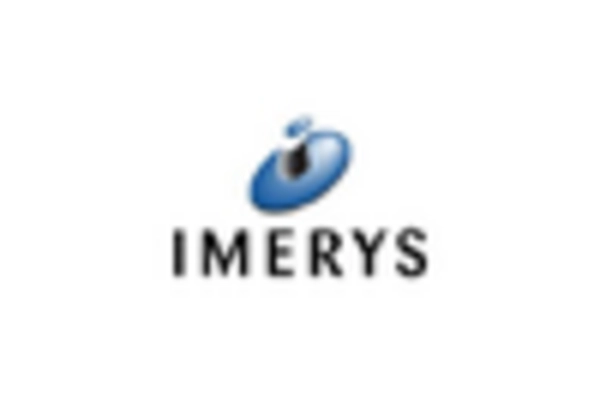
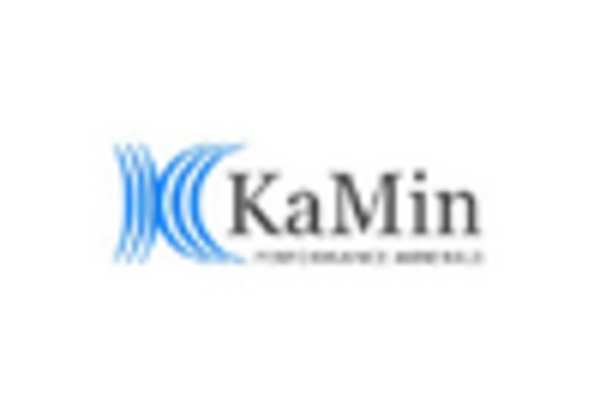

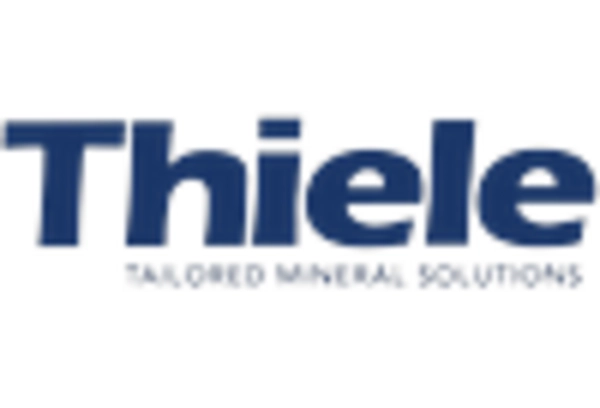








Leave a Comment